The neuroscience of sound chorused with the beauty of classical guitar in a joint, jam-packed NW Noggin sponsored performance at Velo Cult…
Elena Mart, a graduate student in Neuroscience at WSU Vancouver worked alongside Ryan Walsh, an acclaimed classical guitarist and student of neuroscience from Portland State, to deliver an entertaining and informative introduction to auditory research and how our brains process sound, speech and music…
Elena explained the physical properties of sound, including frequency, complexity, duration, and intensity, with the help of some engaging accompaniment: Ryan on guitar, and Elena’s own accomplished performance on the flute…
The sounds they generated were displayed on an onscreen spectrogram, in real time, and the audience watched as Ryan and Elena played notes that instantly altered the colorful display. Kids clapped along to create high intensity spikes…
Elena then described her own research at WSU, which involves analysis of the very high frequency vocalizations of mice. While mice generate these ultrasonic sounds, in discrete “syllabic” chunks (mouse syllables!), they don’t have many auditory receptors capable of detecting these sounds. Instead, it appears that the sounds they generate interact to form additional waves in frequency ranges that are detectable by their inner ears…
Elena presented striking images of hair cells, those sensory neurons that respond to specific frequencies, along with pictures that powerfully demonstrated the consequences of attending too many loud concerts!
Elena also introduced us to her favorite brainstem auditory structure: the inferior colliculus, an important filtering and distribution point for incoming auditory information. Elena works in the lab of Dr. Christine Portfors at WSU Vancouver; more information on their research can be found here…
Ryan Walsh then regaled us with a virtuoso performance of the Prelude to Bach’s first cello suite, “Caprichio Arabe” by Francisco Tarrega, and “Evocation,” a piece written by Ryan himself (hit the link to listen). He explained how musicians interpret perceptual features of sound, including pitch, timbre, loudness, rhythm…
Another enjoyable, educational evening. Many thanks to Velo Cult, and WSU Vancouver, for their enthusiastic support for neuroscience/art outreach in the Portland/Vancouver community…



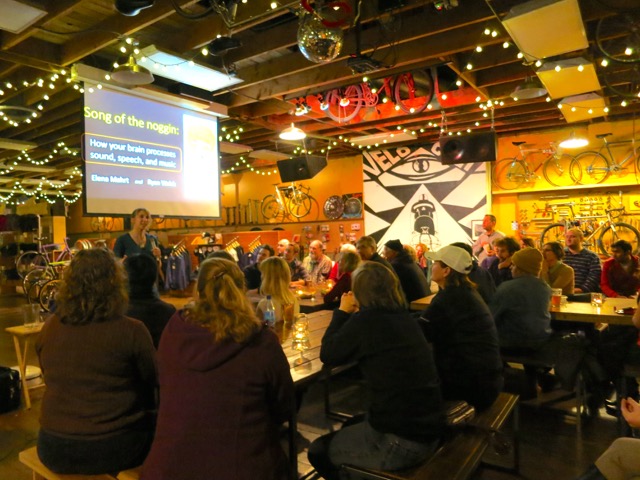

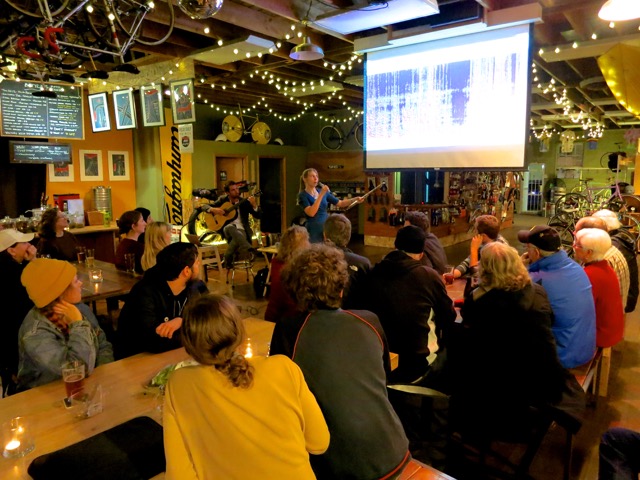
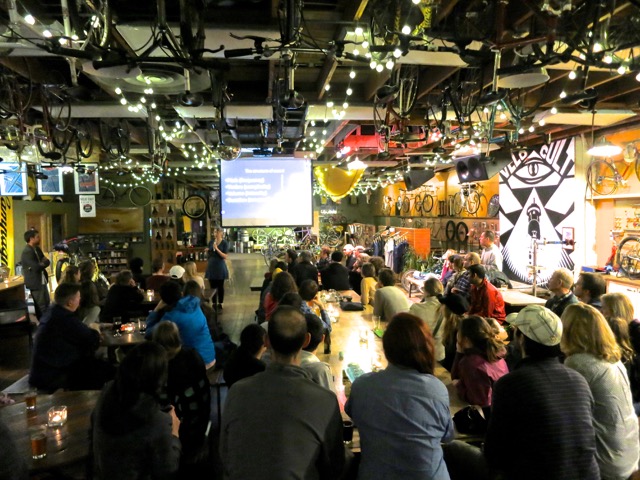


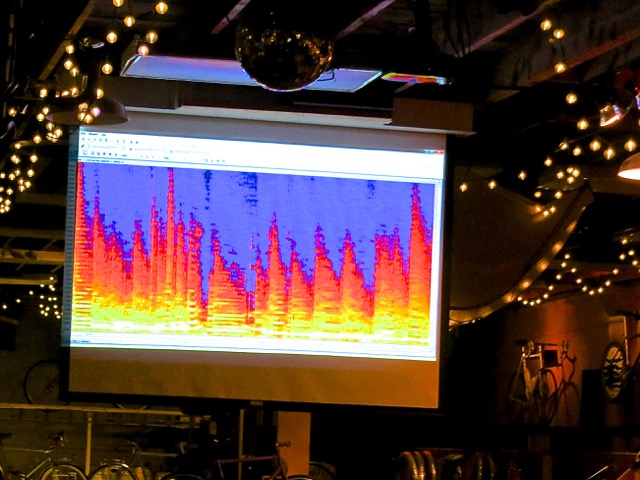
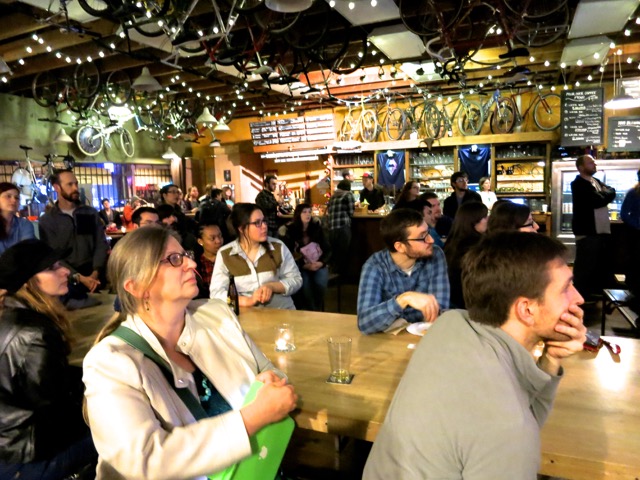
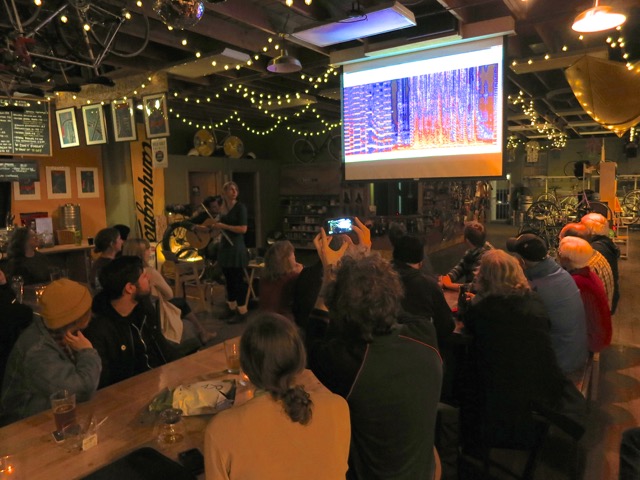
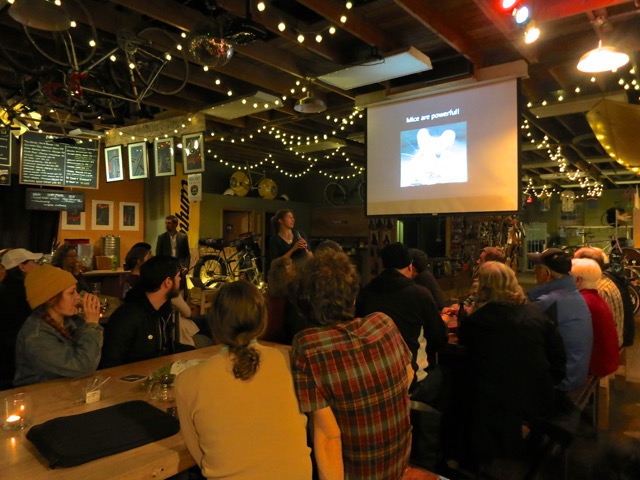


Thanks, Elana & Ryan for an outstanding and educational event! It was great!